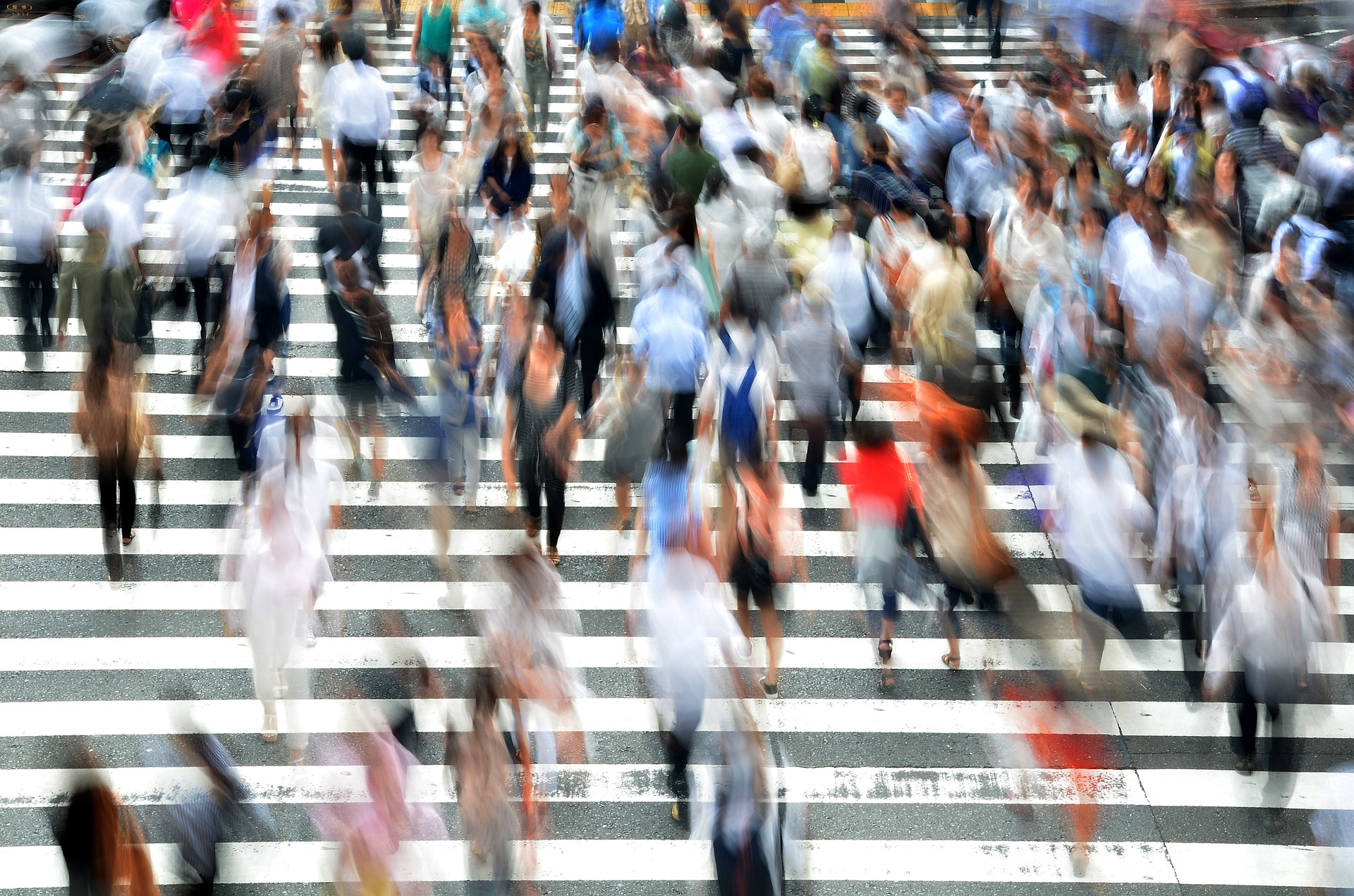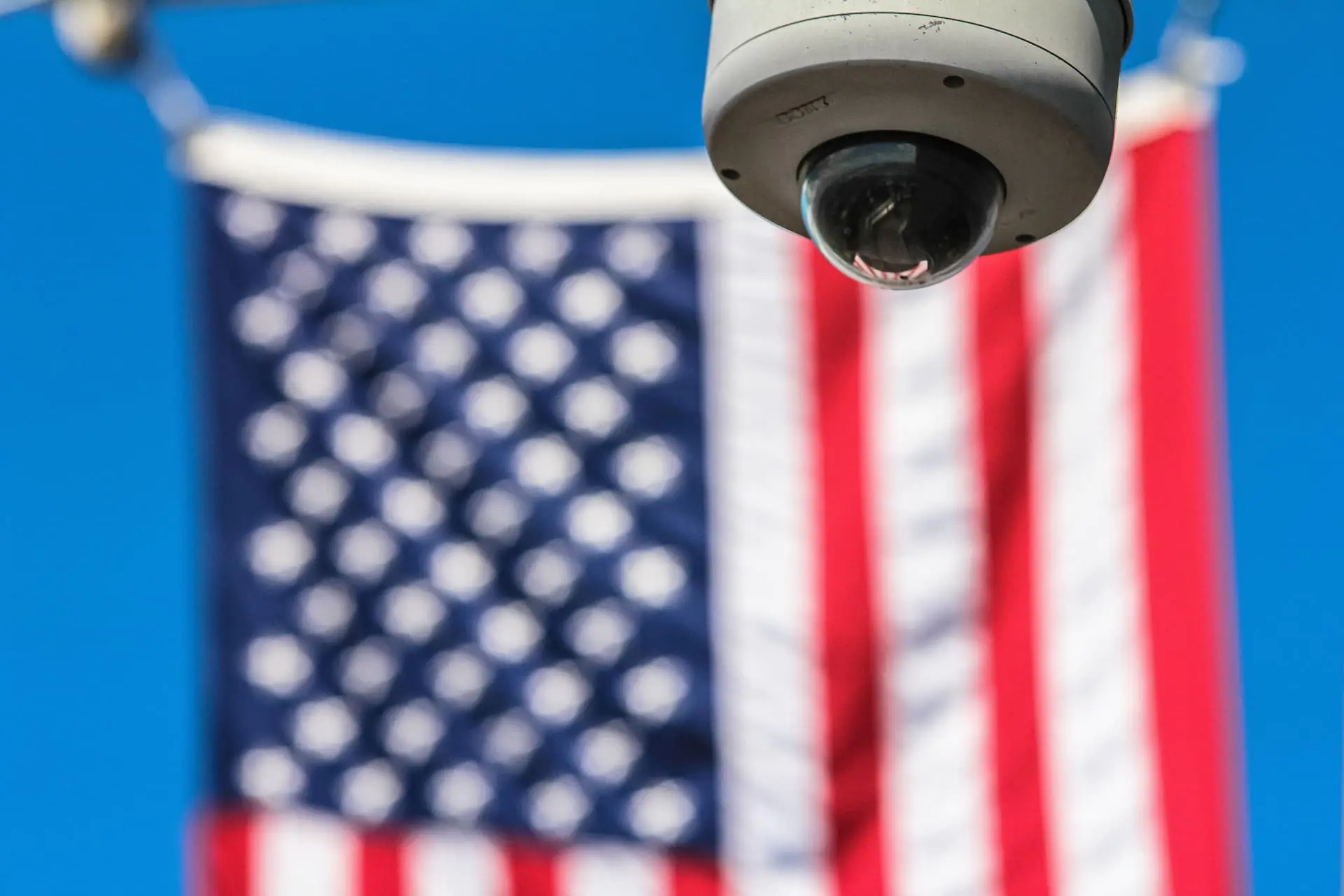Most cities have been going through a transformation in the surveillance and police monitoring sector.
Continuously improving technology has aided the development of sophisticated systems that have helped in crime and terroism prevention. It’s great when security cameras catch a crime in action, but it’s even better when they stop a crime before it starts.
Sophisticated New York City
NYC has one of the most sophisticated surveillance systems in the entire United States; the development of which was motivated by the 9/11 attacks.
In 2012, NYPD developed a surveillance dashboard known as the “Domain Awareness System” that brought together information from all of the department’s resources into one user-friendly dashboard.
How does it work? New York’s surveillance network includes surveillance from low-tech closed-circuit television to high-tech facial recognition. And devices can be installed by private entities such as businesses as well as those deployed by the city government. Currently there are approximately 2,626 cameras around New York City connected to the NYPD’s network and more than 18,000 interconnected cameras in the city.
To add further intelligence to this large network, NYPD officials are also working with Microsoft developers with the introduction of smart cameras that are able to detect suspicious events; such as packages that are not attended or a vehicle that drives around a particular building repeatedly.
Chicago the Role Model

Chicago is the city with the most surveillance in the United States, ahead of New York City. Having unveiled its Police Observation Devices (PODs) program in 2003 and Operation Virtual Shield initiative in 2005, the windy city has been as progressive as any major U.S. metro area in the deployment of video surveillance and related anti-crime/terror security technologies.
Thousands of cameras in the city have been linked to buildings, street poles, skyscrapers, buses and train tunnels that cover most parts of the city. These cameras are watched by officials in command centers, police cars and police stations.
As reported by Campus Safety, the Chicago Police own and maintain approximately 3,700 cameras (1,074 more than NYPD) and have access to over 32,000 cameras through their federations (14,000 more than New York City).
The majority of cameras are HD pan/tilt/zoom and communicate in one of three methods: direct fiber optic connection, their own wireless or cellular. All of them feed into the Genetec video management system. In addition to the
p/t/z cameras, they also have thermal and license plate recognition [LPR] cameras, and cameras on police and fire boats, helicopters, SUVs, trailers and command vans, among others.
The cameras are used by different entities for different reasons. For example, police may be viewing live video of a large event, such as Lollapalooza or the marathon, for unusual activity whether criminal or terrorist in nature. Whilst the city’s Operations Center uses the cameras to respond to traffic-related issues (such as accidents or parades), and 911 operators use them to validate calls for fires, EMS and police issues.
Chicago continues to be a role model for big cities getting smart about video surveillance.
Orlando the Pioneer

The City of Orlando began testing a face surveillance program with Amazon Web Services in December 2017 in a pilot that is scheduled to run until July 2019. The pilot initially ran on eight cameras, comparing the faces of passers-by to a “watch list” database of police employee volunteers. If the Orlando Police Department (OPD) deems it a success, the city will move to make it a more permanent surveillance feature.
Exactly how OPD plans to ultimately use the technology, however, has not yet been decided. According to the city’s website, OPD will “develop a policy and governance surrounding the technology,” but only after the conclusion of the pilot.
Cities all over the world can use surveillance cameras to improve security, discourage people from committing crimes, provide first responders with situational awareness, help police solve crimes and serve as evidence to secure convictions.
The benefit of all types of video surveillance seems to far outweigh the risks identified by the great George Orwell.


